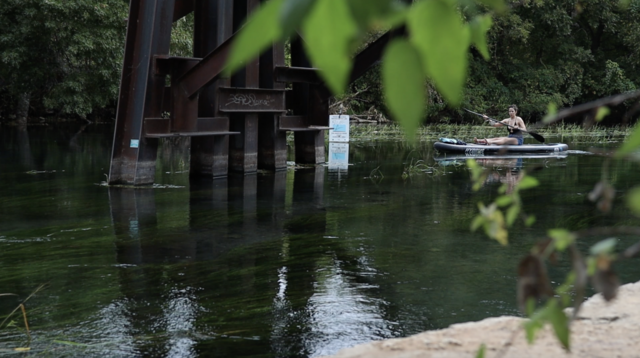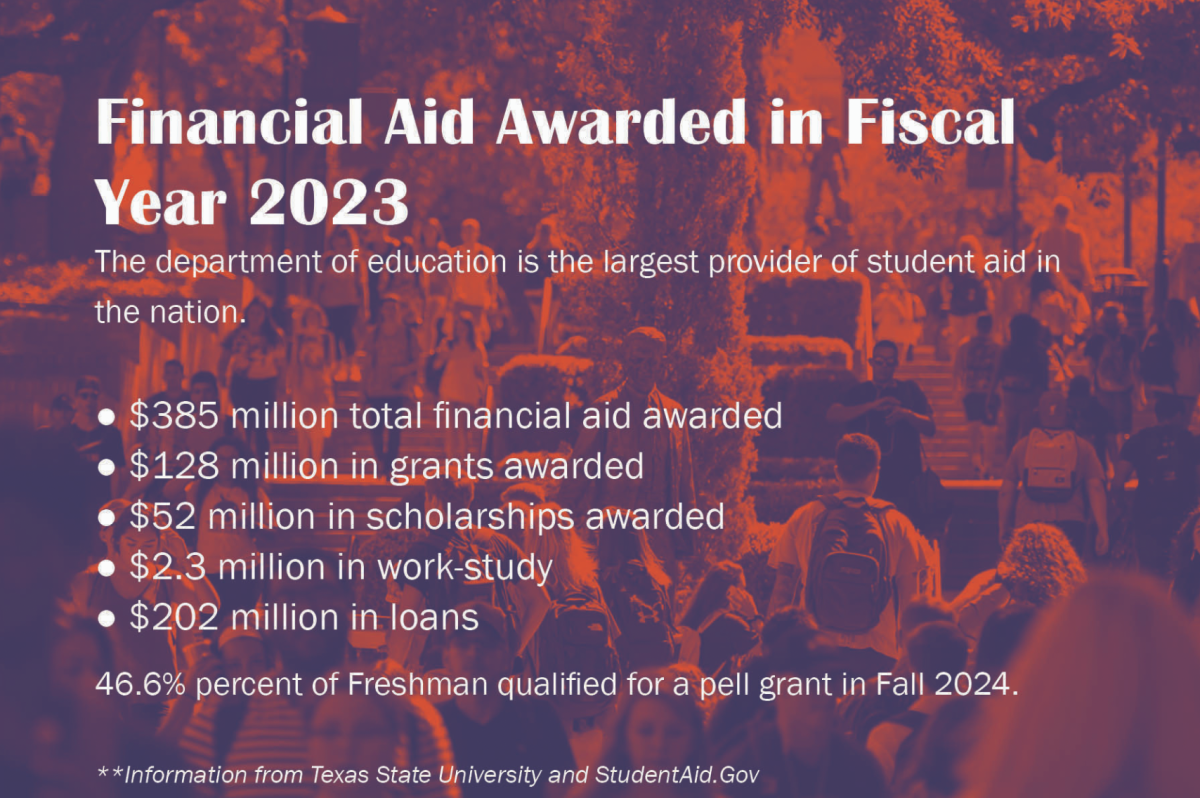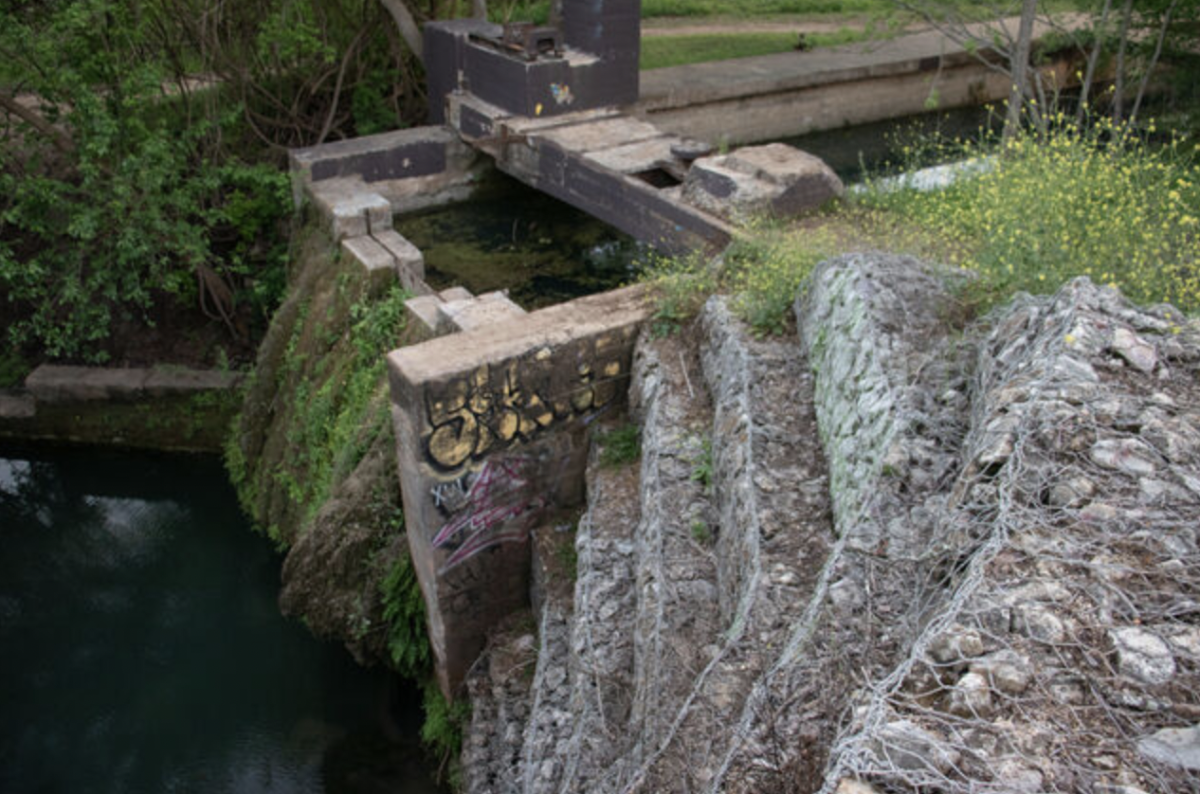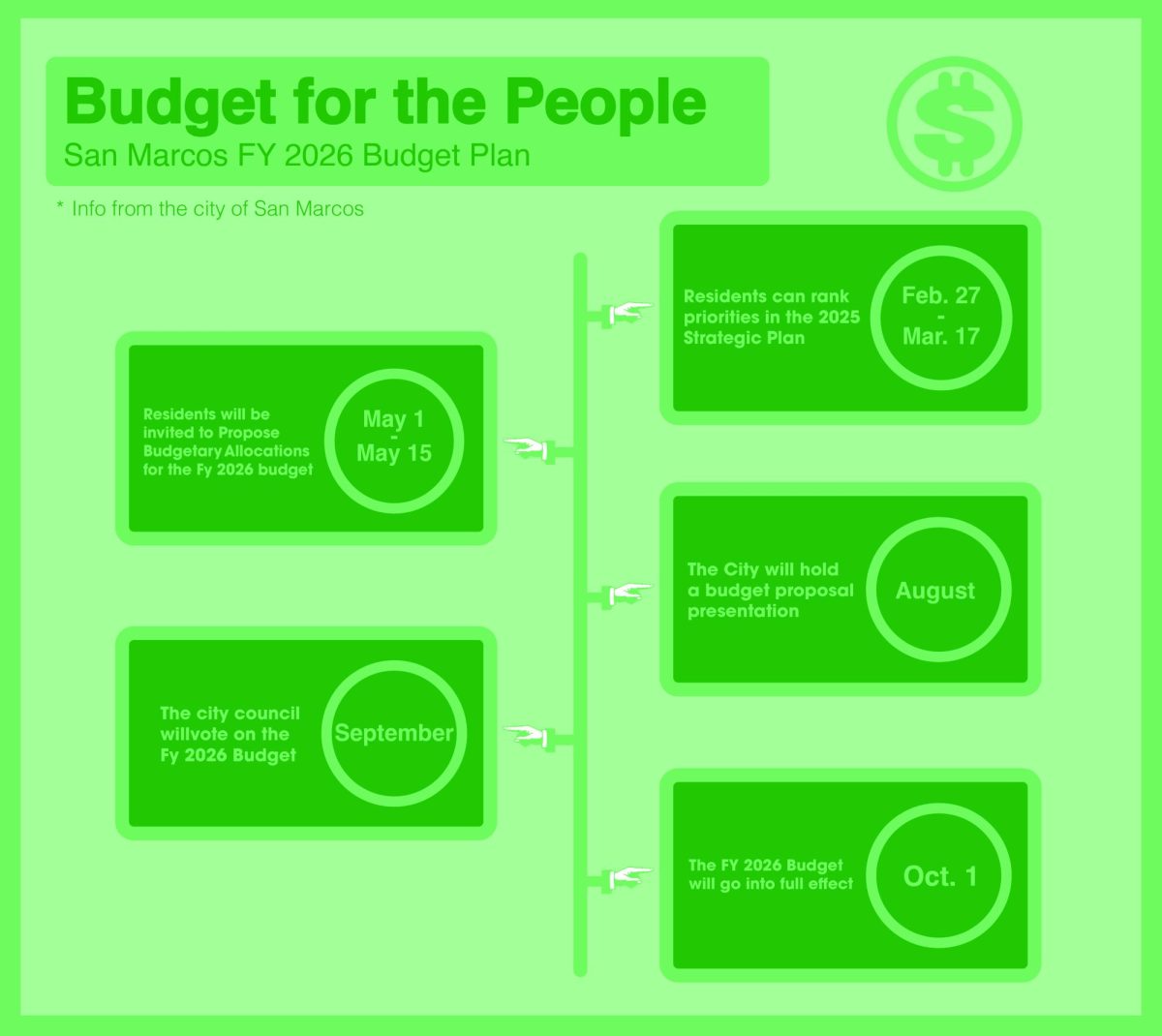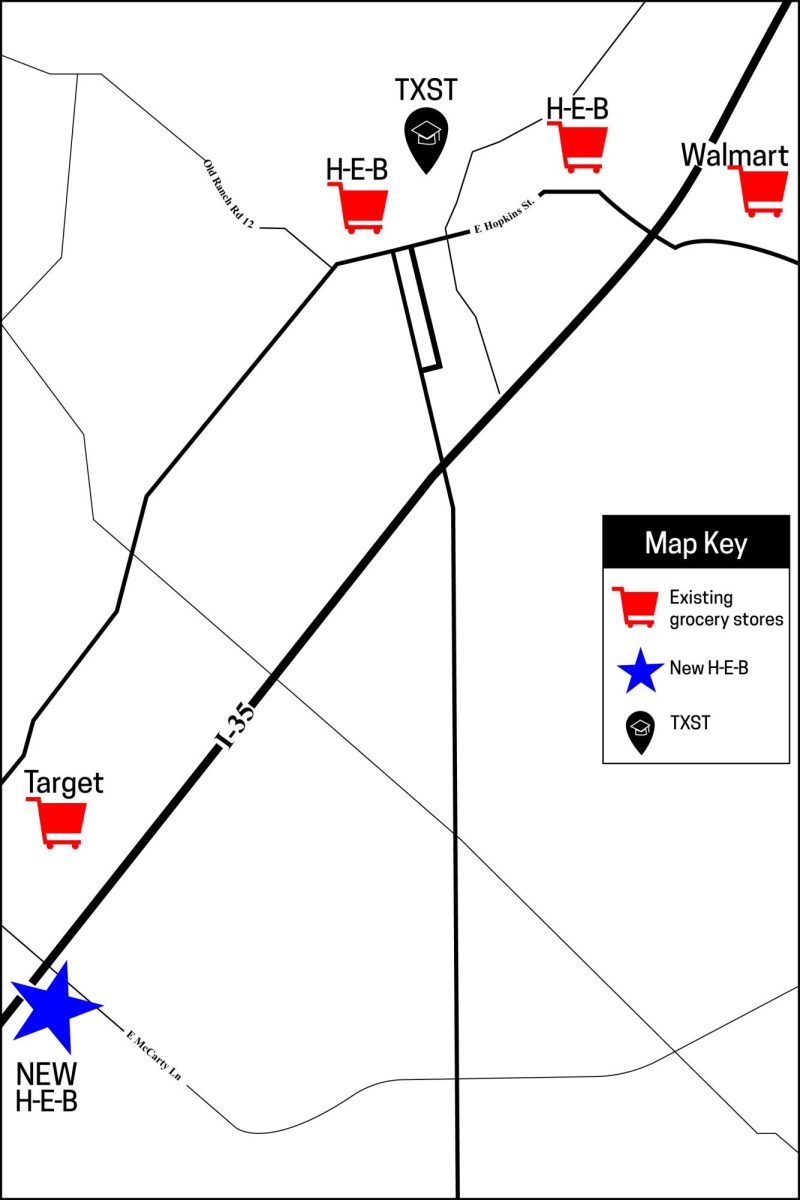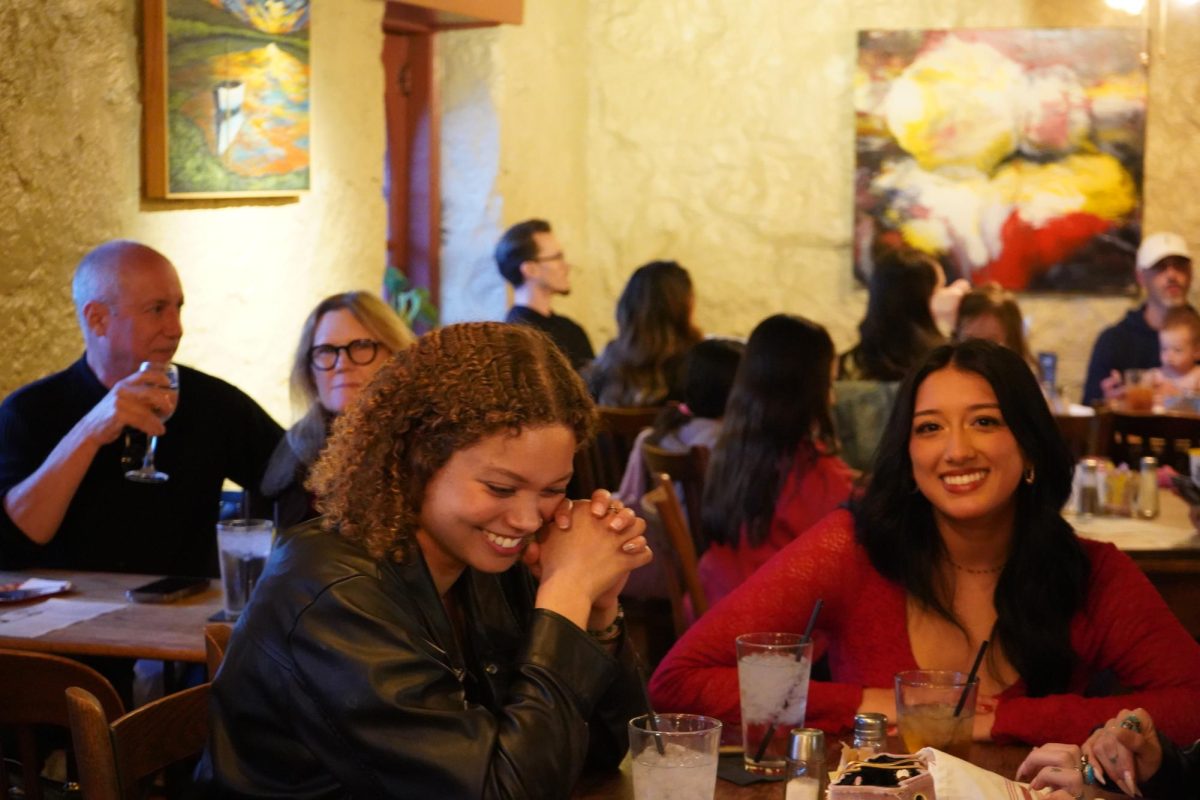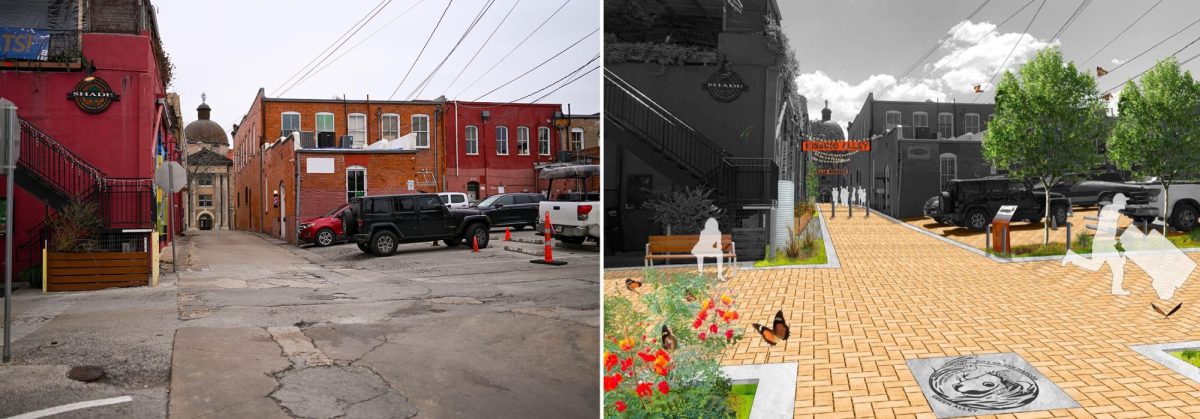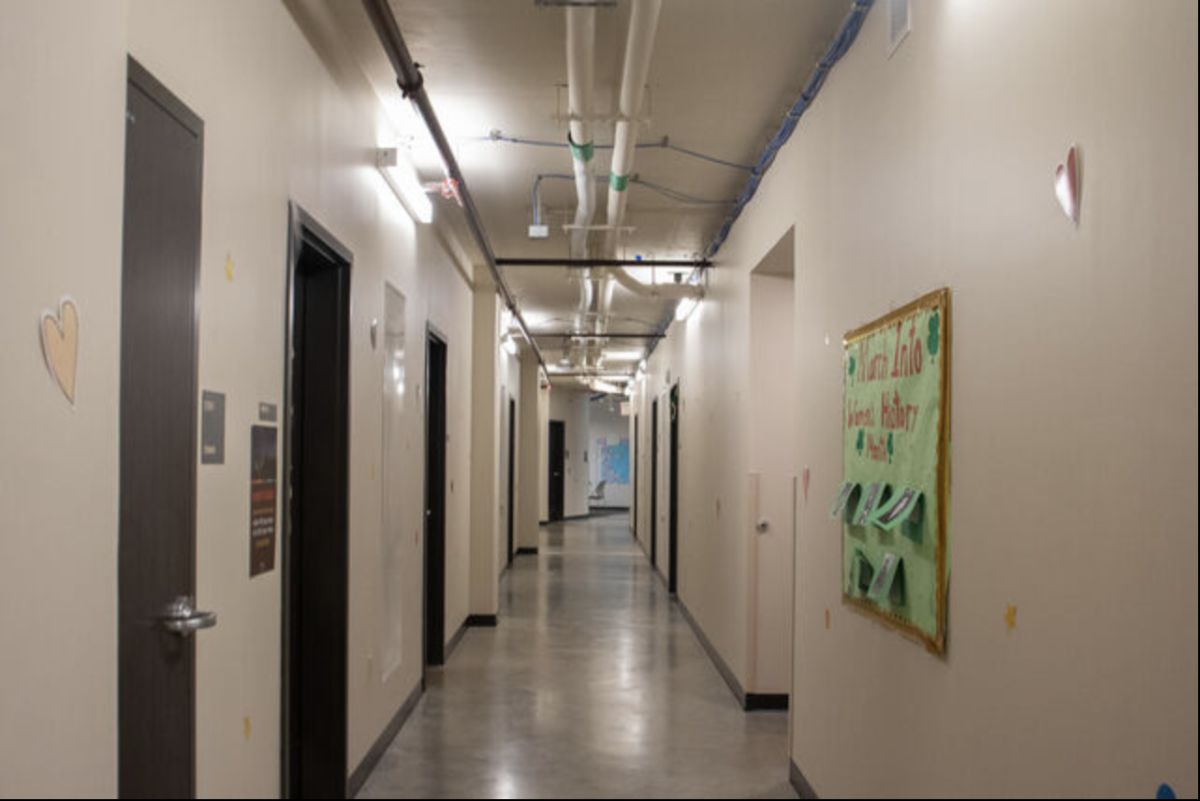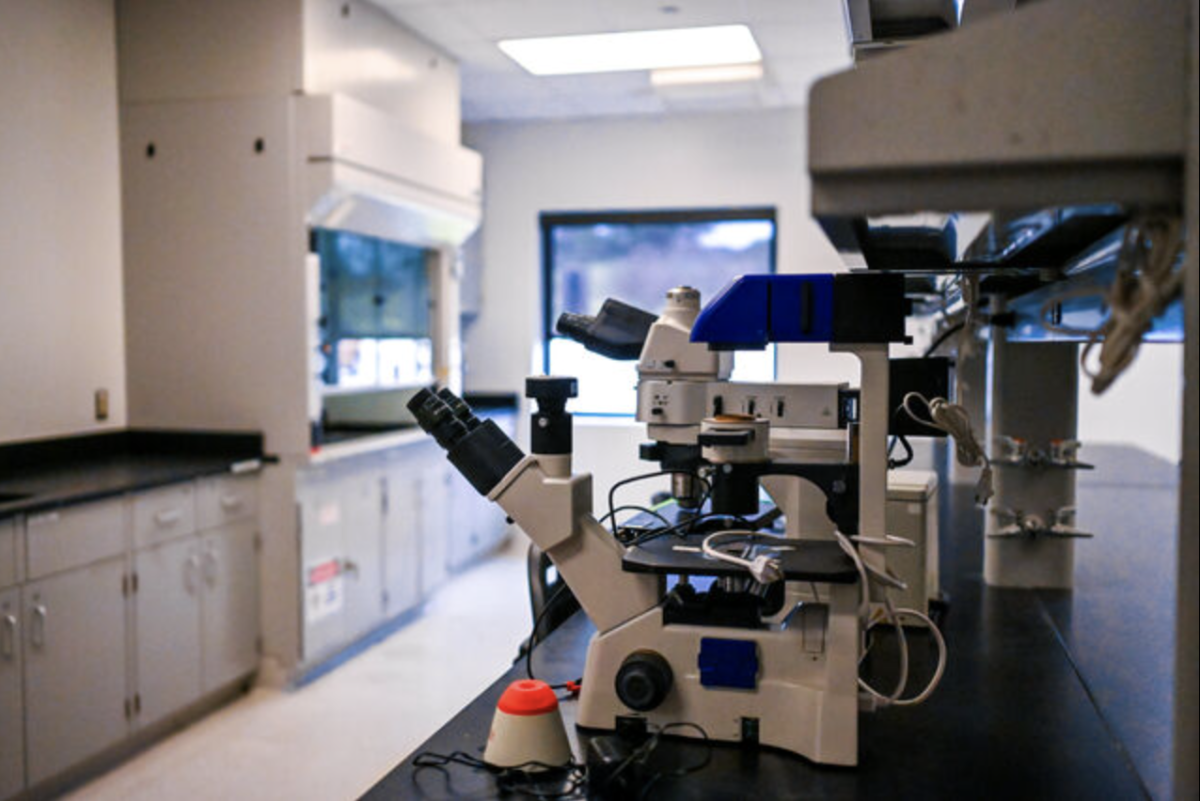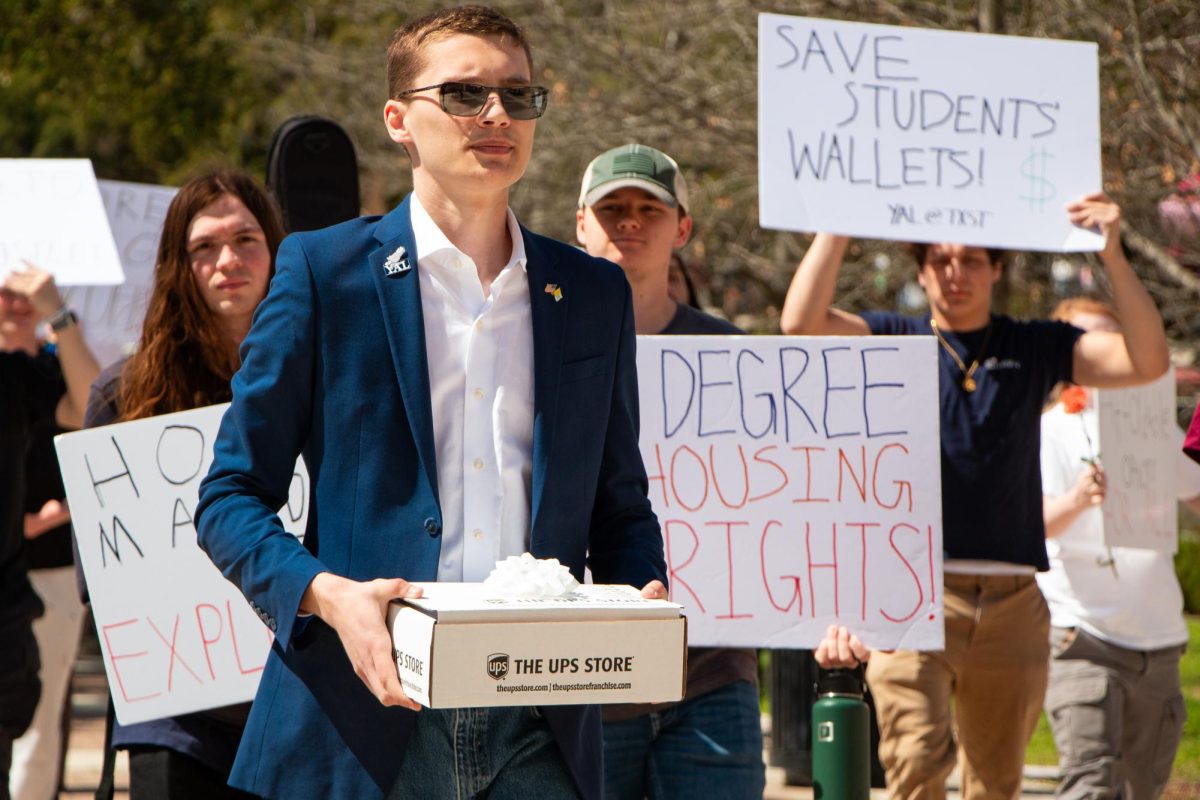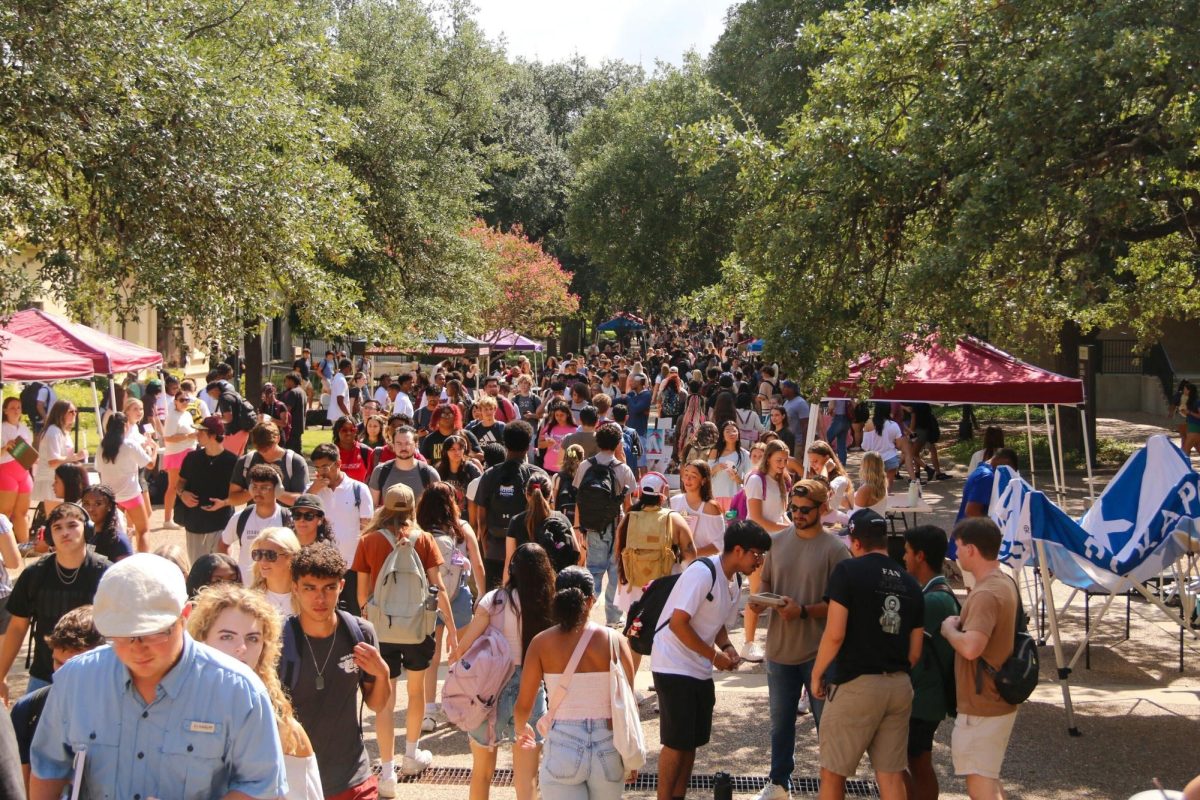The Meadows Center for Water and the Environment has been awarded a $1 million grant from the Texas General Land Office to lead the Clean Coast Texas Collaborative, which will help coastal communities reduce nonpoint source water pollution.
Nonpoint source water pollution is a type of pollution caused when rainfall drags both natural and human-made pollutants, such as fertilizers and insecticides, from the soil into bodies of water.
According to Timothy Bonner, professor and director of the aquatic biology B.S. program, nonpoint source water pollution is difficult to control. Because it originates from natural elements like feces and fertilizers, nonpoint source water pollution is more unpredictable than point source water pollution, a type of pollution released through discrete conveyances, like sewer pipes, and tegulated by the state.
“An example of [nonpoint source water pollution] is farmland or agriculture land, where cattle deposit feces and urine on the [land], and, ultimately, it can get flushed into the freshwater systems,” Bonner says. “It’s a lot more difficult to manage because we’re not sure all the sources of [the pollution] and what’s being put on the landscape.”
Money from the grant will be used in conjunction with coastal communities to find the best practices for combating water pollution. Nick Dornak, director of watershed services at the Meadows Center, explains the funds will first go toward helping under-resourced communities, such as those in the Texas cities of Rockport and Fulton.
“A big focus of this effort is going to be on underserved communities in the gulf coast. Those are the cities that, oftentimes, need the most help because they don’t have the financial resources,” Dornak says. “That is such a tremendous part of our strategic plan and our mission at the Meadows Center — to make sure clean air and clean water are available for everyone.”
In providing the resources to reduce this pollution, the Meadows Center is working with Texas A&M AgriLife Extension Services’ Texas Community Watershed Partners to set up educational workshops within coastal cities. These resources aim to educate residents on the effects of nonpoint source water pollution. City ordinances will soon be pitched to local governments asking for support against water pollution.
“Support could be anything, from we’re going to help [them] do some engineering planning on how to handle runoff or erosion issues. We’re going to help them develop local ordinances to control development and how things are built,” Dornak says. “The core of this program is providing capacity and resources to local communities to help them address water quality and pollution.”
Even some pollutants found in the local Guadalupe River are thought to contribute to water pollution, often traveling downstream to coastal waters and impacting coastal communities. City Council member and head of the San Marcos Sustainability Committee Maxfield Baker believes water pollution in San Marcos has consequences that go outside the city.
“We use the phrase in San Marcos ‘What goes here flows here,’ and that might be a little short-sighted because, in reality, what goes here flows all the way to the coast,” Baker says. “When we look at pollution, we try and go as far upstream as we can to make sure we start at the beginning and our water pollution is tied to the coast.”
With growing populations in Texas cities, city development and runoff could negatively affect water quality in coastal cities and on coastal beaches, according to a statement released from Texas Land Commissioner George P. Bush.
In the statement, Bush says that “As population growth continues, land conversion and development could adversely impact water resources of our beaches, bays and streams, if not handled properly.” He believes that by working with coastal communities, concerns regarding the effects of stormwater runoff on waterways can be addressed.
Beyond the Clean Coast Texas Collaborative, the Meadows Center plans to work with coastal communities long-term and will continue applying for grants to help communities across Texas. Dornak believes working with local grassroots organizations is the best way to fight pollution in these cities.
“We feel like the fastest way to solve these problems is working with local communities to find local solutions,” Dornak says. “There is not a ‘one size fits all’ for how to address nonpoint source water pollution.”
Categories:
Meadows Center works to combat water pollution in coastal communities
Arthur Fairchild, News Reporter
June 2, 2021
0
Donate to The University Star
Your donation will support the student journalists of Texas State University. Your contribution will allow us to purchase equipment and cover our annual website hosting costs.
More to Discover



